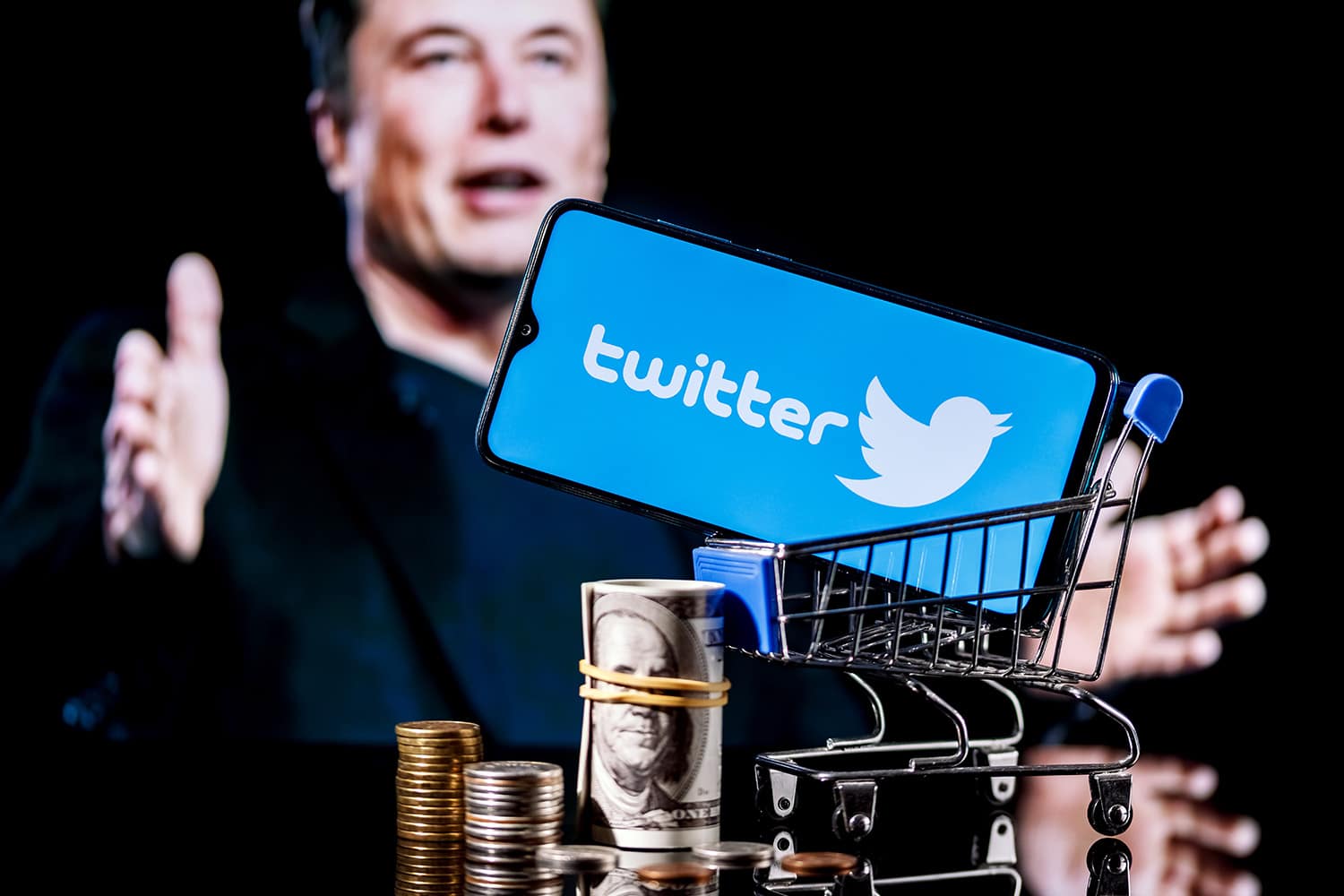
Culture is driven 100% top-down.
No matter what BS you hear to the contrary, culture begins – and is perpetuated and maintained – by what occurs at the top of the heap.
Any ideas about driving culture “from below” is an amalgam of wishful thinking and consultant crockery. And only shared by someone trying to sell you something that sounds easier than the real work.
Take Elon Musk, for example.
Now, you can argue that Twitter is an appropriately regulated social media outlet, accurately praised for preventing ne’er-do-wells from propagating hateful messaging and disinformation.
Or, you can see Twitter as moving too far out of its lane, censoring freedom of speech that should promote differences of thought, ideas and opinion.
I’m cool with either. You do you. (See what I did there?)
Musk, if we are to believe media reports, seems to fiercely believe the latter, further contending that the root cause of the problem is the fabric – the very culture – of Twitter today. And he wants that culture changed.
His first official act then? He whacked a bevy of senior-most execs, including the CEO, within hours of closing the long-awaited purchase.
Again, argue whichever current state for Twitter you choose. Float your own boat, amigo. But if Musk wants a radically different culture, he’s going about it in the most expeditious, if not dubiously effective, manner.
What would clearly not work is a conflict or tension at the top of the organization regarding culture direction or emphasis.
Culture, like any major change initiative, is driven (again, from the top for those skimming) most quickly by simple a simple performance approach:
-
- Setting clear expectations,
- Managing to those expectations, and
- Consequences or rewards for not meeting, meeting, or exceeding those expectations.
Clear expectations are a must. It’s hard enough for folks to follow our vision when everything remains constant; when changing, they have no hope to follow us if they can’t see it, and see it plainly.
Be clear. Give examples of success. Be explicit about what failure looks like. Use English, and small words. If you can’t explain it simply, you don’t understand it well enough (nod to Einstein).
Managing to those expectations is next. Here, we have metrics to help measure success and failure, based on the clear expectations outlined earlier.
Frequent calibrations allow empowered people the opportunity to align their efforts with our desired direction(s).
Specific targets here are again a must. Downrange visibility cannot be cluttered with a lot of bureaucratic bullshit.
Finally, consequences – both positive and negative – must exist so others can personally feel the effects of success and failure. Rewards and penalties. Carrots and sticks. Call ‘em whatever. Just know they are essential, as culture change and reinforcement are driven most quickly via consequences and rewards.
That actionable piece, often skimmed over quickly in glossy culture tomes, is where things really change.
If rewarded for bad behavior, that behavior will continue.
If penalized for positive efforts, future efforts will be less positive.
This is where things can get really interesting, as the law of unintended consequences rears its ugly head.
Rewarding individual performance sounds great but can work against the larger good of a successfully working team.
Rewarding cost savings or cuts can lead to a reticence in appropriate investments, allowing needed positions to go unfilled, terminations without sufficient forethought, or really idiotic spending restrictions.
Unintended consequences.
There will always be some instances of these unintended consequences. The key, then, is to set opposing rewards and consequences to allow for and balance the effects.
Example: Individual performance can be rewarded, but only after team performance triggers and award.
Cost-savings can be rewarded, but only within specific, agreed parameters (profitability, headcount, average SG&A, etc.).
Just a couple of examples – the devil is in the details, and your mileage may vary.
Bottom line for us… whether you or Elon Musk, $54B company or $100M, culture begins and is reinforced from the top of any specific organization. Ergo (my favorite useless word), Musk whacking the top of the Twitter food chain was a necessity if he firmly believed that the culture needed to be changed drastically. And quickly.
There’s a lesson there for all on top of their pyramid, so read it closely.
Now, it gets a bit complicated when we start discussing where the organization hierarchy actually starts and stops, but that’s for another article.
If Musk can do it, you can too.
Just stay focused, like Elon Musk. Assuming you can call electric cars, boring, brain chips, rockets and social media “focused.”
When does the guy sleep??

